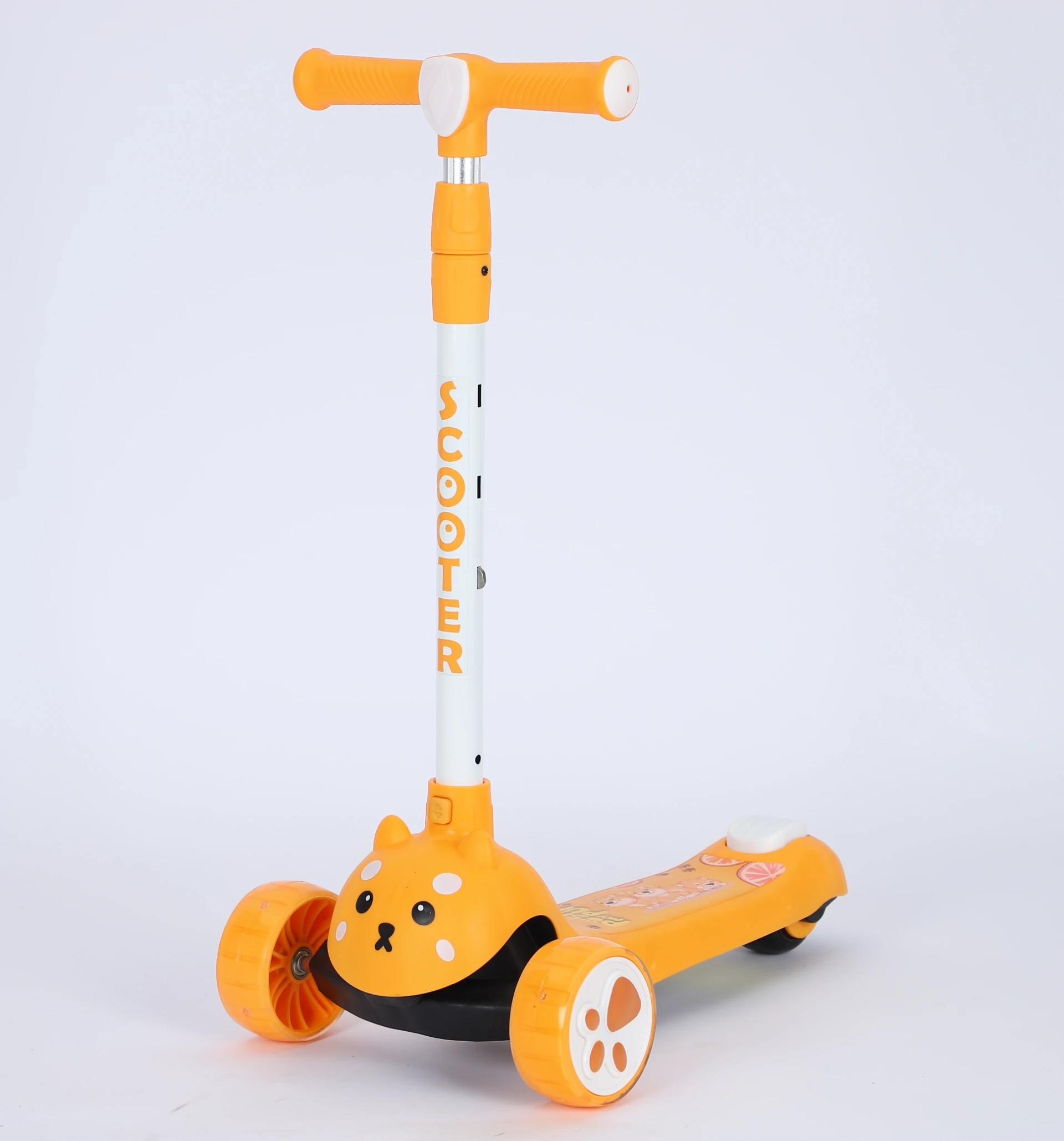Exploring the Benefits of Dual Suspension in Mountain Biking for Enhanced Performance and Comfort
Understanding Dual Suspension Mountain Bikes
Mountain biking is a thrilling outdoor activity that combines the rush of speed with the challenge of navigating rugged terrains. When it comes to selecting the right bike for the adventure, the choice between hardtail and dual suspension bikes often arises. Among these, dual suspension mountain bikes (DSMTBs) have gained significant traction among both casual riders and competitive cyclists. This article delves into the features, advantages, and considerations of dual suspension mountain bikes.
What is a Dual Suspension Mountain Bike?
As the name suggests, dual suspension mountain bikes are equipped with a suspension system on both the front and rear wheels. This design philosophy provides an added layer of comfort, control, and safety for riders when tackling rough terrains. The front suspension typically consists of a fork equipped with either coil or air shocks that absorb impacts from the front wheel, while the rear suspension employs a shock absorber to manage impacts at the back wheel.
The Mechanics Behind Dual Suspension
Dual suspension systems come in various designs, but they broadly fall into two categories linkage systems and single pivot designs. Linkage systems utilize multiple pivot points to allow for more nuanced movement, optimizing the bike’s performance by enhancing traction and maintaining optimal wheel contact with the ground. Single pivot designs, though simpler, provide excellent straight-line stability and can be more affordable.
Both systems dramatically improve a rider's experience by not only absorbing shocks but also enhancing traction on challenging terrain, providing more grip on loose or uneven surfaces. Riders often find that dual suspension bikes allow for faster cornering and greater maneuverability, crucial advantages in technical riding scenarios.
Advantages of Dual Suspension Mountain Bikes
1. Enhanced Comfort The primary advantage of a dual suspension system is comfort. Riders can navigate rough trails, rock gardens, and root-filled paths without experiencing the jarring impacts typical of hardtail bikes. This feature is especially beneficial for long rides, as it reduces fatigue and discomfort.
2. Improved Traction The rear suspension keeps the back wheel in contact with the ground, maximizing traction. This is particularly evident on uneven terrain, where maintaining a solid grip is essential for control and stability. Improved traction translates to better acceleration and cornering.
dual suspension mtb

3. Versatile Performance Dual suspension bikes excel in various riding conditions, making them ideal for rugged mountain trails, downhill courses, and even bike parks. Riders can confidently tackle obstacles, drops, and steep descents, knowing their bike is designed to absorb shocks and maintain control.
4. Safety With less vibration and shock transferred to the rider, dual suspension systems reduce the risk of injuries associated with hard landings. This extra layer of security can encourage riders to explore more challenging trails, enhancing their overall biking experience.
Considerations When Choosing a Dual Suspension Mountain Bike
While dual suspension mountain bikes offer numerous advantages, they are not without drawbacks. Here are some considerations to keep in mind
1. Weight Dual suspension systems tend to be heavier than their hardtail counterparts due to the additional components. For some riders, especially those who prioritize climbing or racing, this additional weight can be a disadvantage.
2. Cost The engineering and technology behind dual suspension bikes often make them more expensive than hardtails. Riders should weigh their budget against the features they require for their riding style.
3. Maintenance More moving parts mean more maintenance. Dual suspension systems require regular checks and adjustments to ensure optimal performance. Riders should be prepared to invest time and possibly money to keep their bike in peak condition.
4. Riding Style Not all riders need a dual suspension bike. For those who primarily ride smooth trails or prefer cross-country biking, a hardtail may offer sufficient performance without the added complexity and cost of a dual suspension system.
Conclusion
Dual suspension mountain bikes represent a triumph of modern engineering, providing riders with enhanced comfort, traction, and safety on challenging terrains. They cater to a wide range of mountain biking enthusiasts, from casual riders seeking adventure to serious athletes competing in rugged events. However, potential buyers must carefully consider their riding style, budget, and maintenance needs when choosing the right bike for their adventures. Ultimately, the right dual suspension mountain bike can elevate the outdoor experience, allowing riders to focus more on the thrill of the journey and less on the bumps along the way.
-
Three-Wheel Light-Up Scooter Benefits for KidsNewsJul.11,2025
-
The Importance of Helmet Safety When Using a Kids ScooterNewsJul.11,2025
-
Nurturing Early Mobility with an Infant ScooterNewsJul.11,2025
-
How to Choose the Safest Tricycle for KidsNewsJul.11,2025
-
Fixing a Squeaky Baby Push Tricycle in MinutesNewsJul.11,2025
-
Cleaning and Maintaining a Tricycle for Big KidNewsJul.11,2025
-
Unleash Fun and Safety with Our Premium Kids Scooter CollectionNewsJun.06,2025








